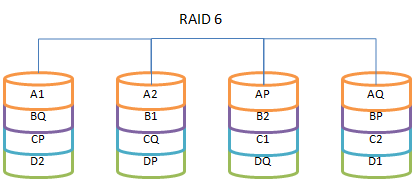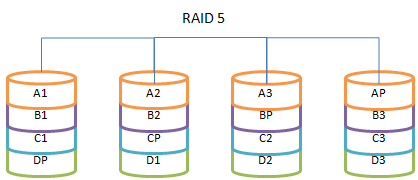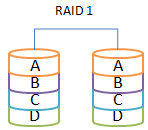If you see something like this on your monitor or in your logs, you should worry about your important data.
And immediately change your HDD!
1 2 3 4 5 6 7 8 9 10 | ata1.00: exception Emask 0x0 SAct 0x0 SErr 0x0 action 0x6 frozen ata1.00: failed command: FLUSH CACHE EXT ata1.00: cmd ea/00:00:00:00:00/00:00:00:00:00/a0 tag 0 res 40/00:0c:b9:68:55/00:00:05:00:00/40 Emask 0x4 (timeout) ata1.00: status: { DRDY } ata1: hard resetting link ata1: link is slow to respond, please be patient (ready=0) ata1: SATA link up 3.0 Gbps (SStatus 123 SControl 300) ata1.00: configured for UDMA/133 ata1: EH complete |





